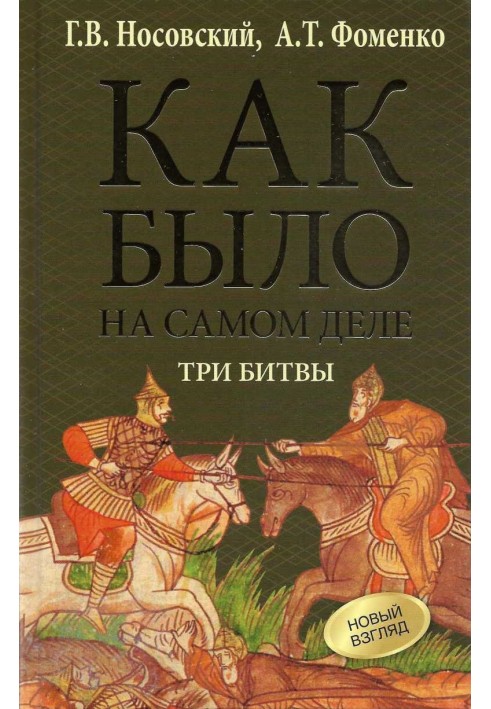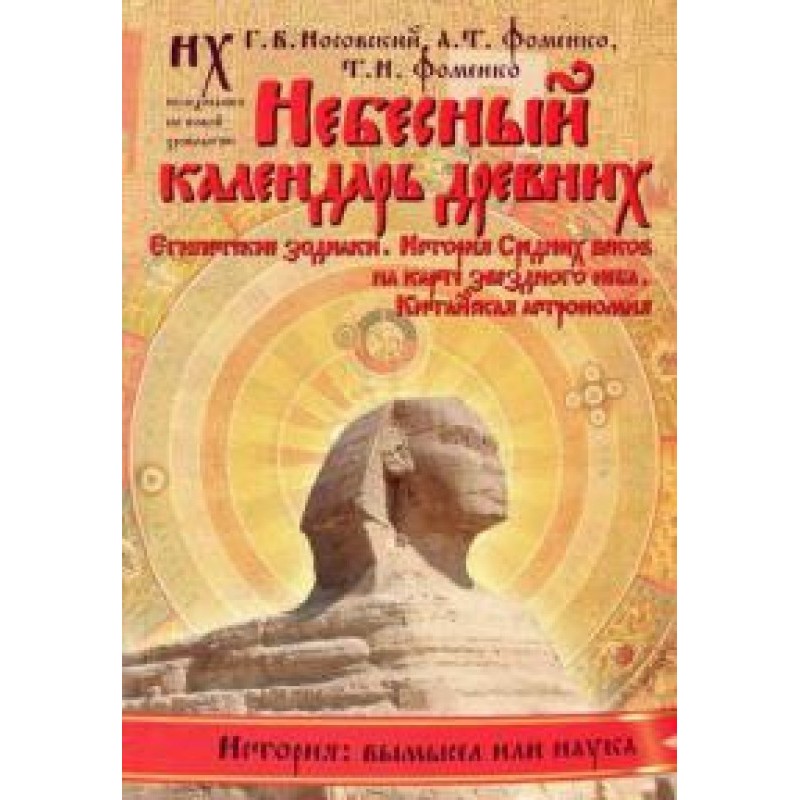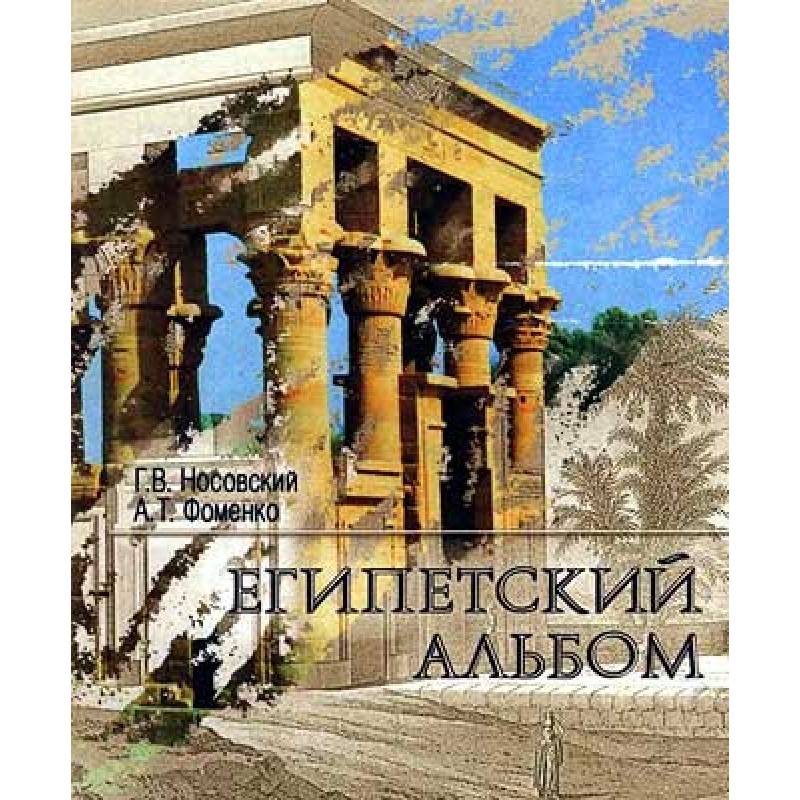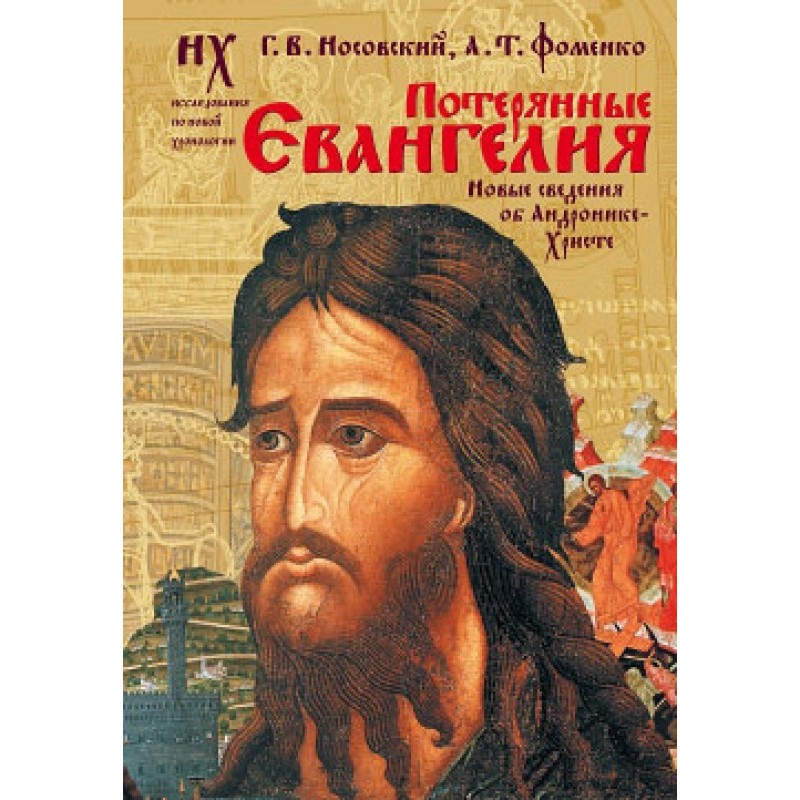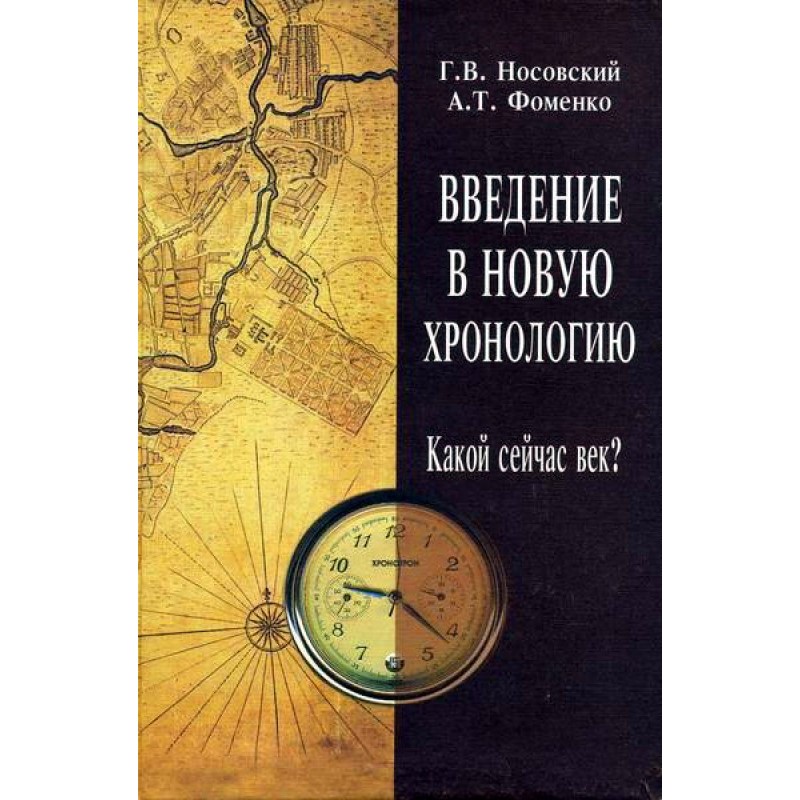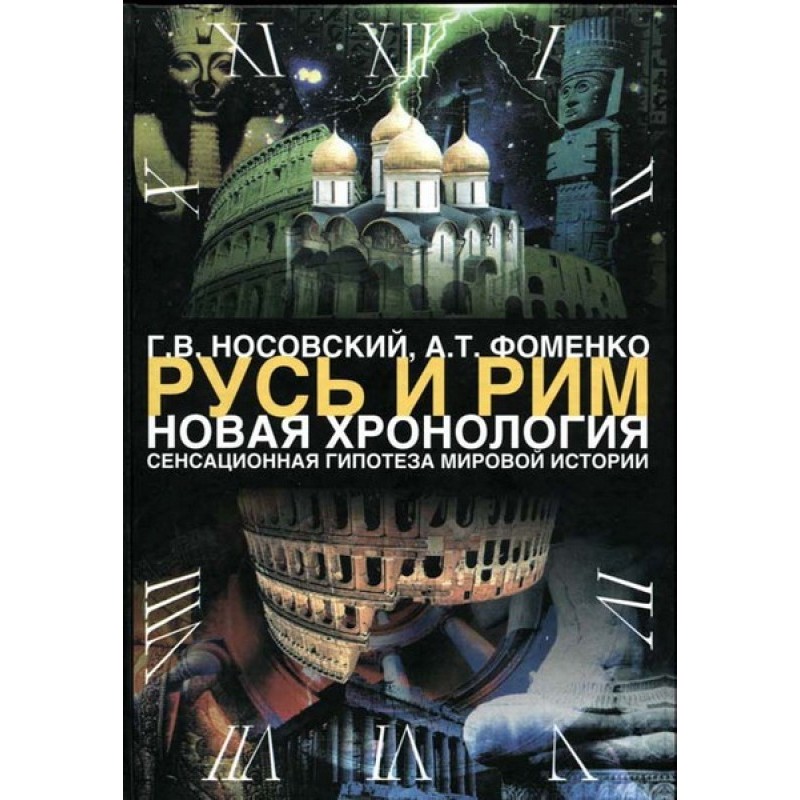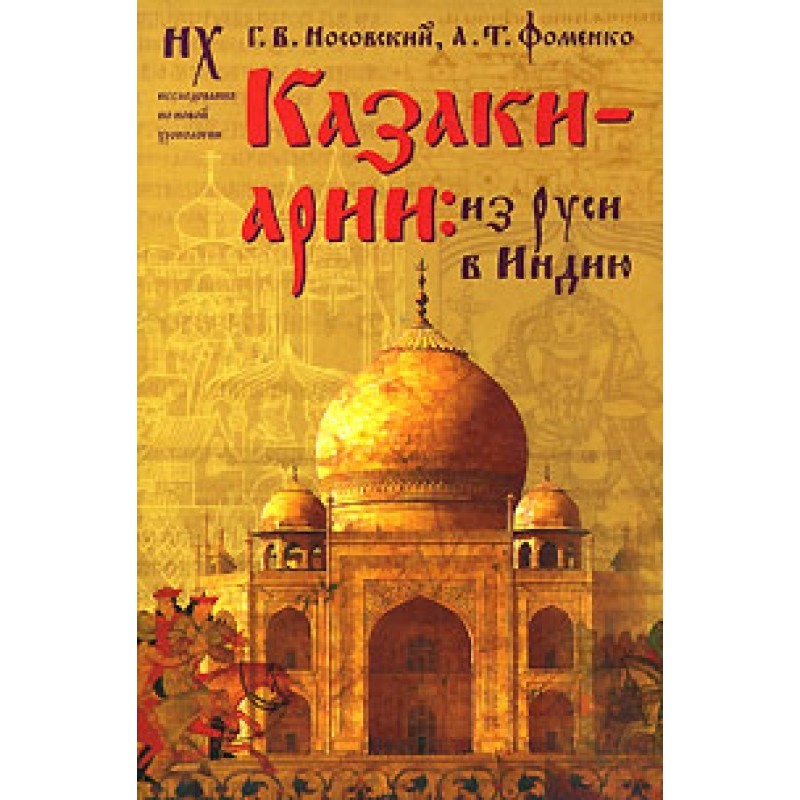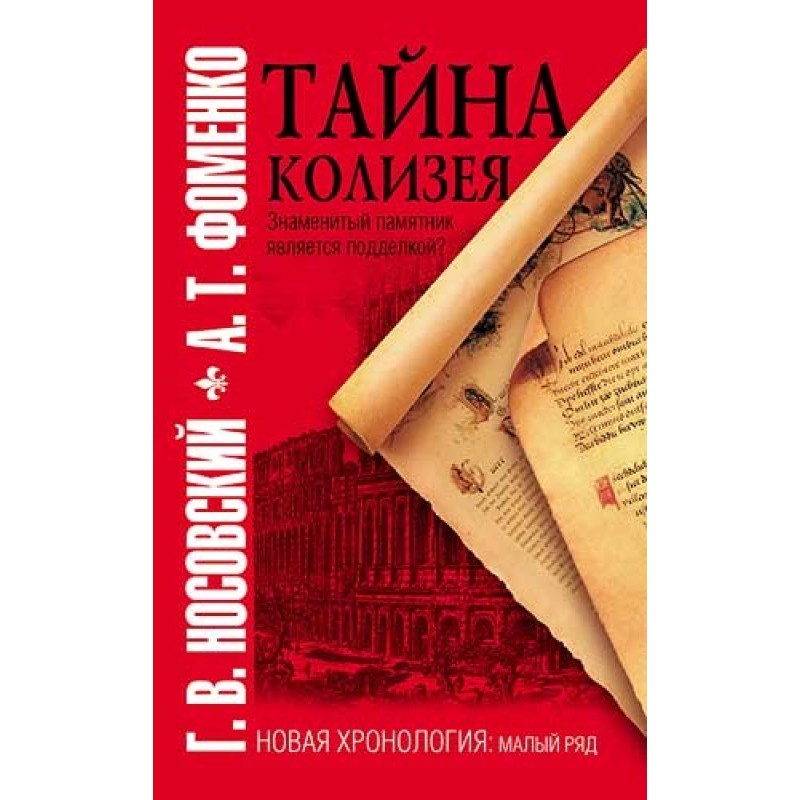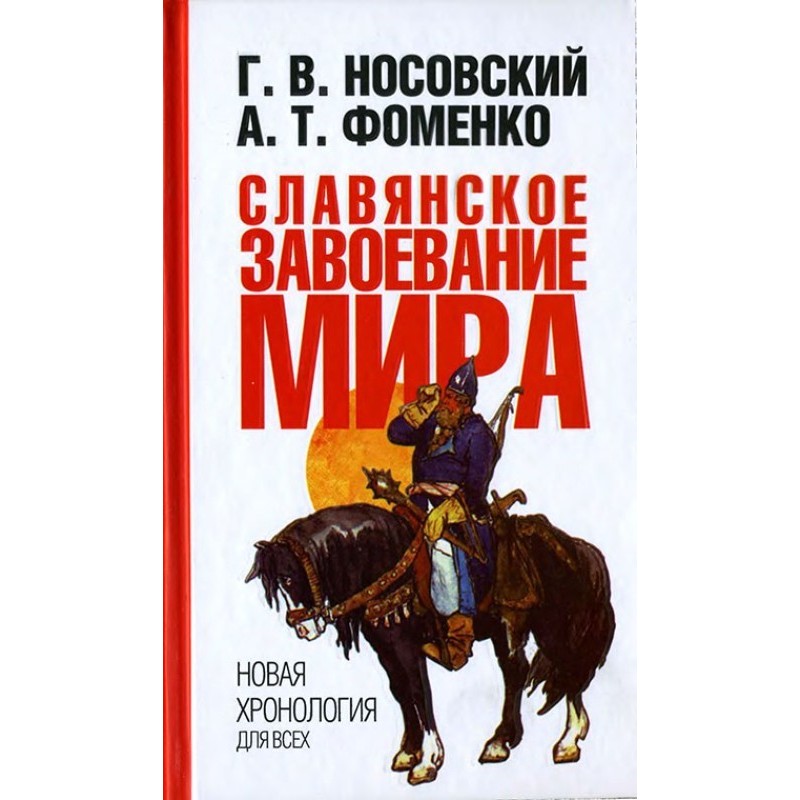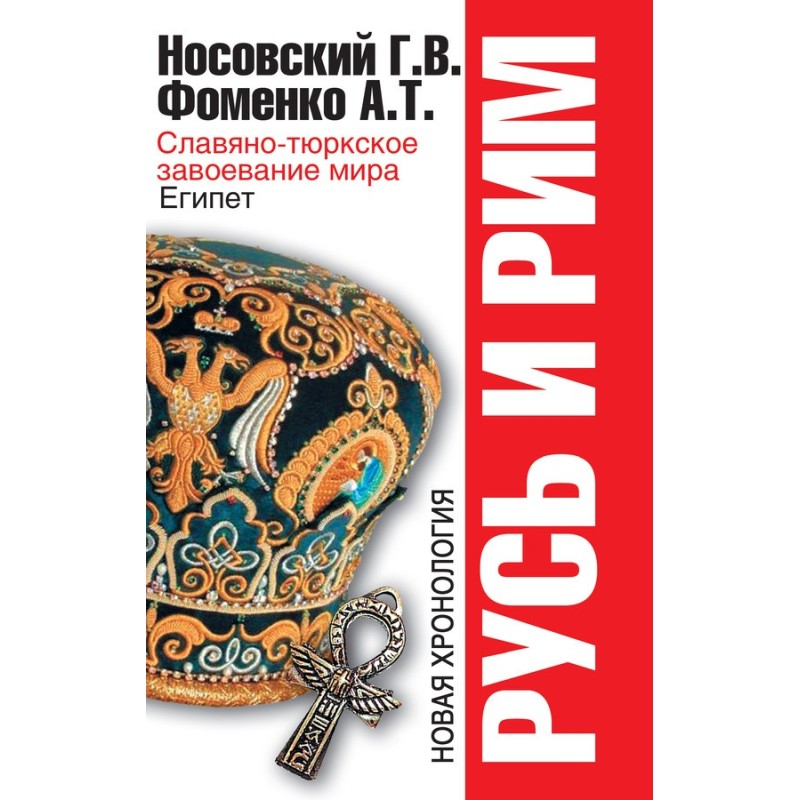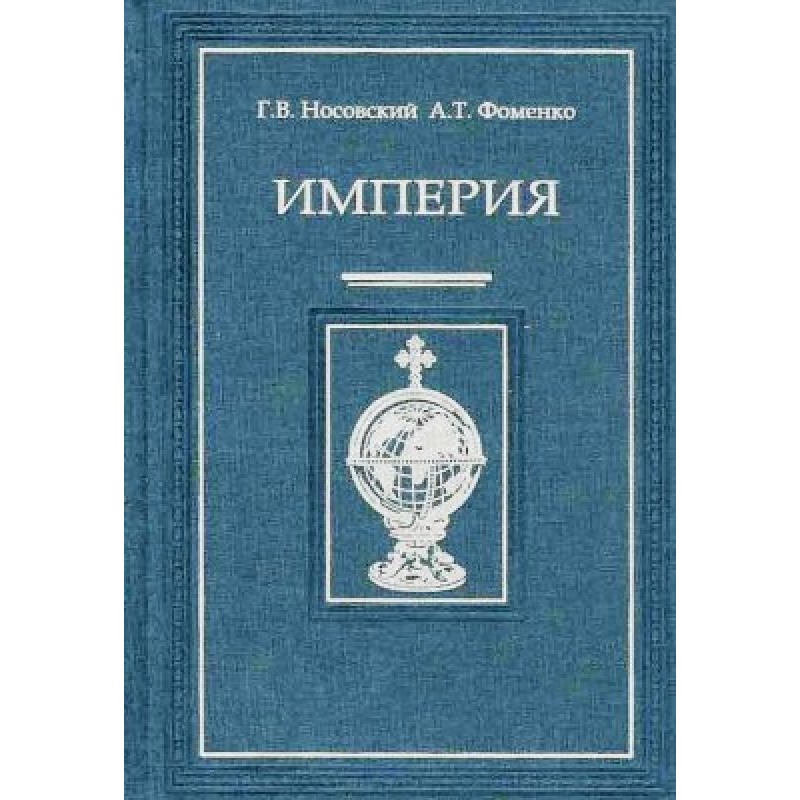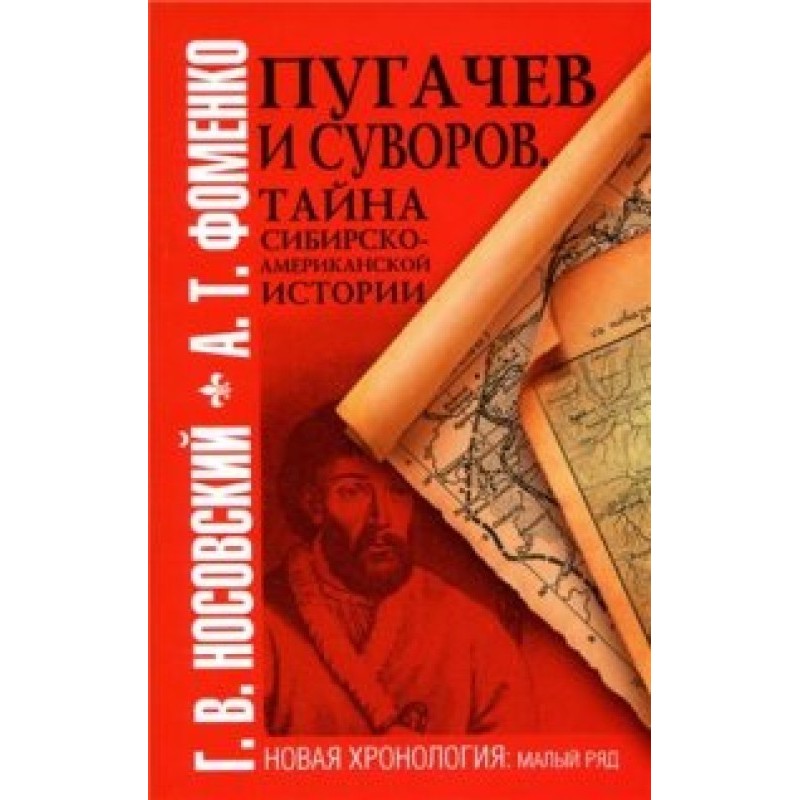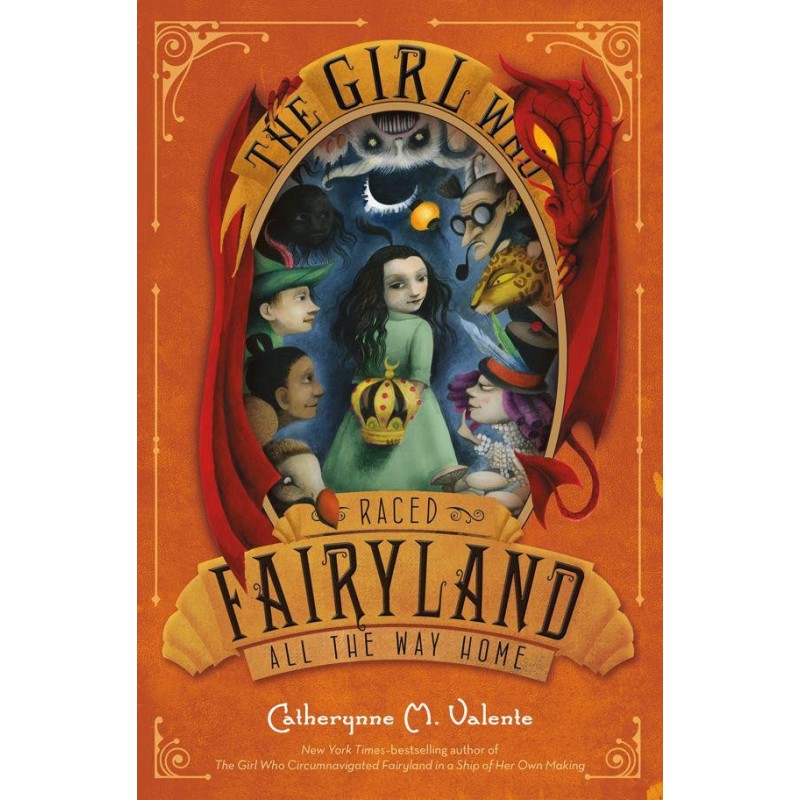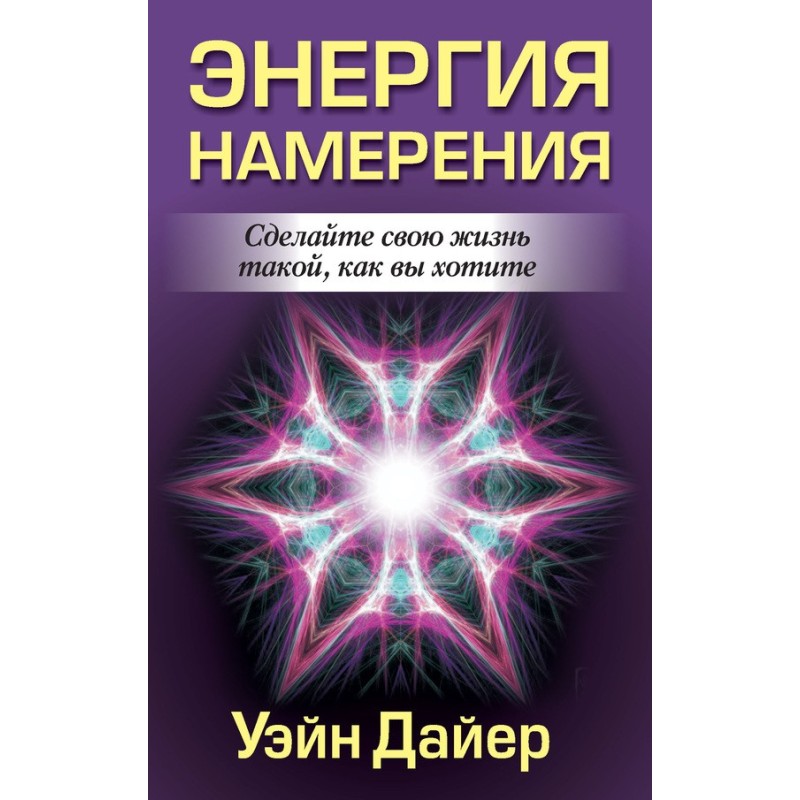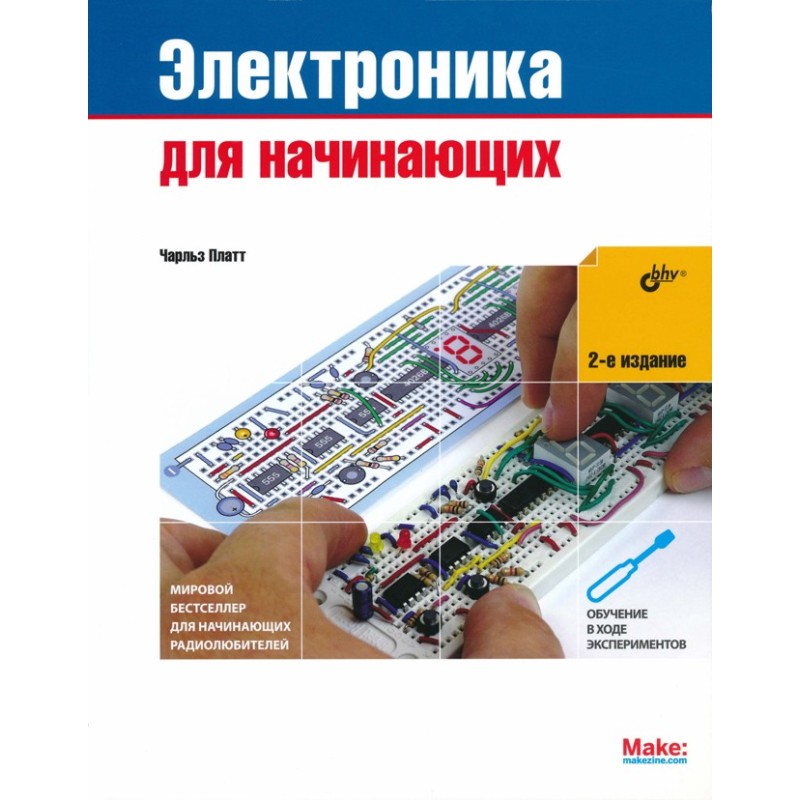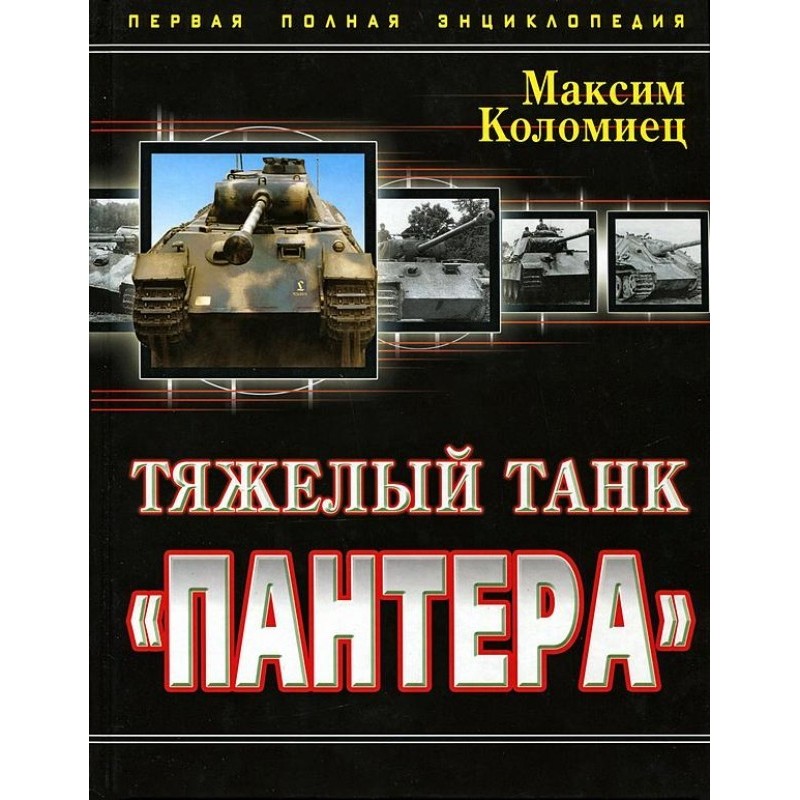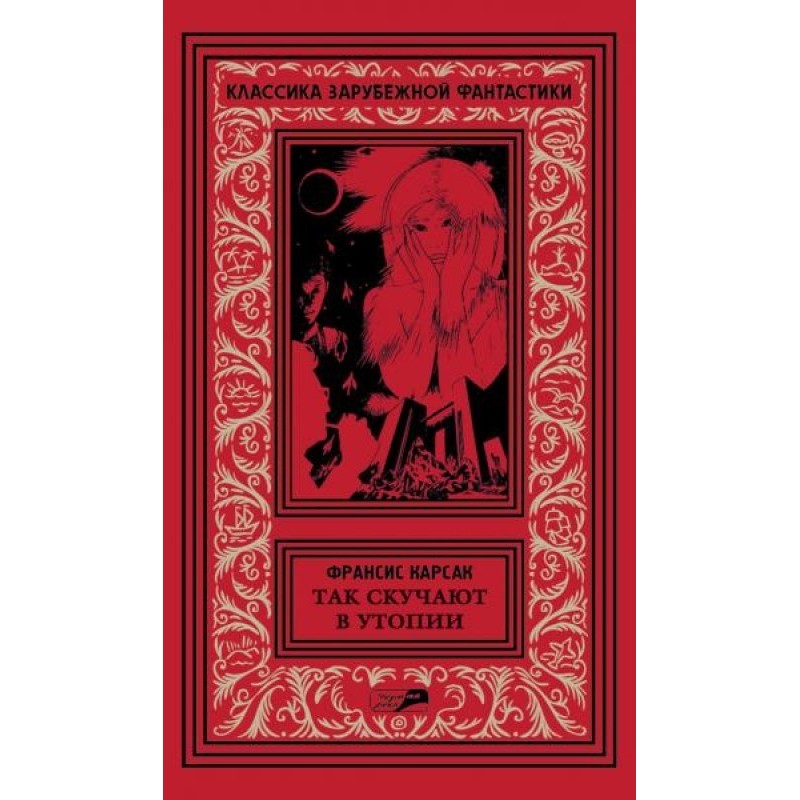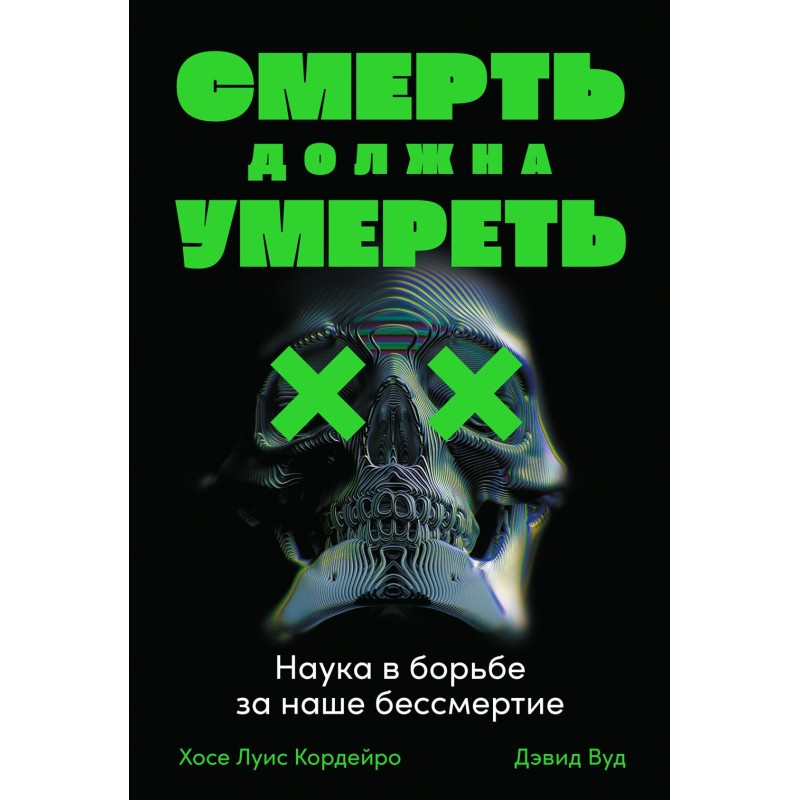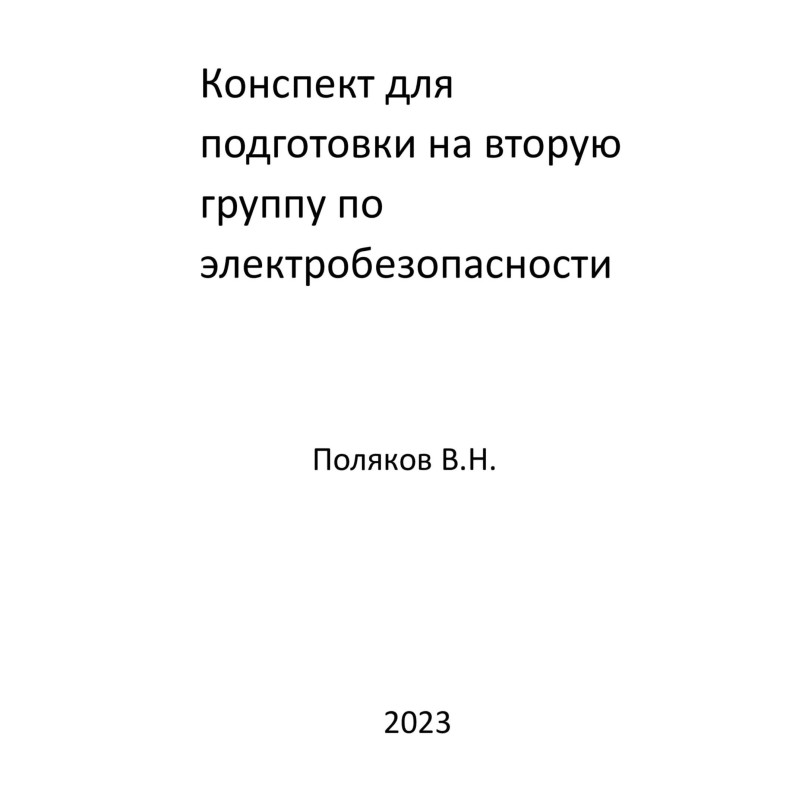Three battles
 Instant download
Instant download
after payment (24/7)
 Wide range of formats
Wide range of formats
(for all gadgets)
 Full book
Full book
(including for Apple and Android)
The authors explore the world's main Tales, Chronicles, famous historical and literary works from the point of view of the New Chronology. In the Great Horde Empire of the XIV-XVI centuries, three particularly large battles took place. These are the Battle of Kulikovo in 1380, the Battle of the Ice in the 15th century and the war with Kazan in 1552. These battles left a deep mark on Western European sources. During the era of the Reformation, when the false Scaligerian history was created, the chronicle descriptions of these battles, recorded in the metropolis of the Empire, were transferred (on paper) to the breakaway provinces of the Empire, where they were declared “purely local, their own” events and were “dressed in local clothes.” For example, in Italian, French, Spanish. The Battle of the Ice was described by the “ancient” historians Polybius and Titus Livius as a supposedly “purely Italian event,” like a battle between Rome and Carthage. In the famous old French tales “The Coronation of Louis” and “The Cart of Nimes,” today attributed to the Carolingian or Capetian era, the Horde kings Vasily III, Ivan IV the Terrible, Prince Andrei Kurbsky, the capture of Kazan in 1552 and the Livonian War of the 16th century are actually glorified. But again, all this is “dressed in French and Italian clothes.”
Data sheet
- Name of the Author
- Анатолий Фоменко Тимофеевич
Глеб Носовский Владимирович - Language
- Russian
Reviews
Вражаюче дослідження історії
Книга "Три битви" є справжнім відкриттям для всіх, хто цікавиться історією та її сприйняттям у різних культурах. Автори детально аналізують ключові події, такі як Куликівська битва, Льодове Побоїще та війну з Казанню, і показують, як ці події були сприйняті та переосмислені в західноєвропейських джерелах. Вони вміло поєднують історичні факти з літературними творами, демонструючи, як історія може бути переписана та адаптована під різні культурні контексти. Особливо вражає, як автори розкривають механізми створення "фальшивої" історії в епоху Реформації, показуючи, як важливо критично ставитися до історичних джерел. Ця книга не лише розширює знання про важливі битви, але й спонукає до роздумів про те, як історія формується і сприймається в різних суспільствах. Рекомендую всім, хто прагне глибше зрозуміти історичні процеси та їх вплив на сучасність!

